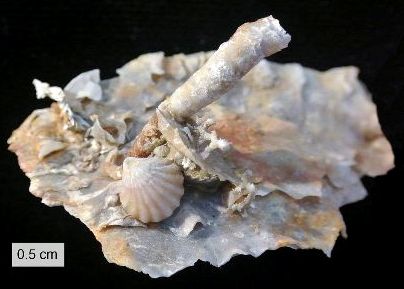- Series:Animals, Transcript English
Genesis 1:21
“And God created great whales, and every living creature that moveth, which the waters brought forth abundantly, after their kind, and every winged fowl after his kind: and God saw that it was good.”
After more than a century of digging Earth’s hills, valleys and plains, paleontologists have uncovered and catalogued more than a billion fossils. Evidence has been found of many plants and animals that are extinct today. However, no evidence has ever been found showing new plants or animals developing.

Paleontologists also report a number of other strange animals at the site that do not fit into any phylum. One looks like a swimming vacuum cleaner.
The fossil record offers us some surprising examples of God’s creativity. The fossil record doesn’t offer any evidence that the creatures alive today developed from other creatures.
Prayer:
Father in heaven, give Your people understanding and help us not to fear what we might learn from new knowledge, but help us learn how to sort true knowledge from interpretations offered by those who reject Your truth. In Jesus’ Name. Amen.
Notes:
Monastersky, Ronald. 1992. “Evolutionary oddball surfaces in Greenland.” Science News, v. 142, July 11. p. 22. Photo: Silicified (replaced with silica) fossils from the Road Canyon Formation (Middle Permian of Texas). Courtesy of Wilson44691. (CC BY-SA 3.0)
